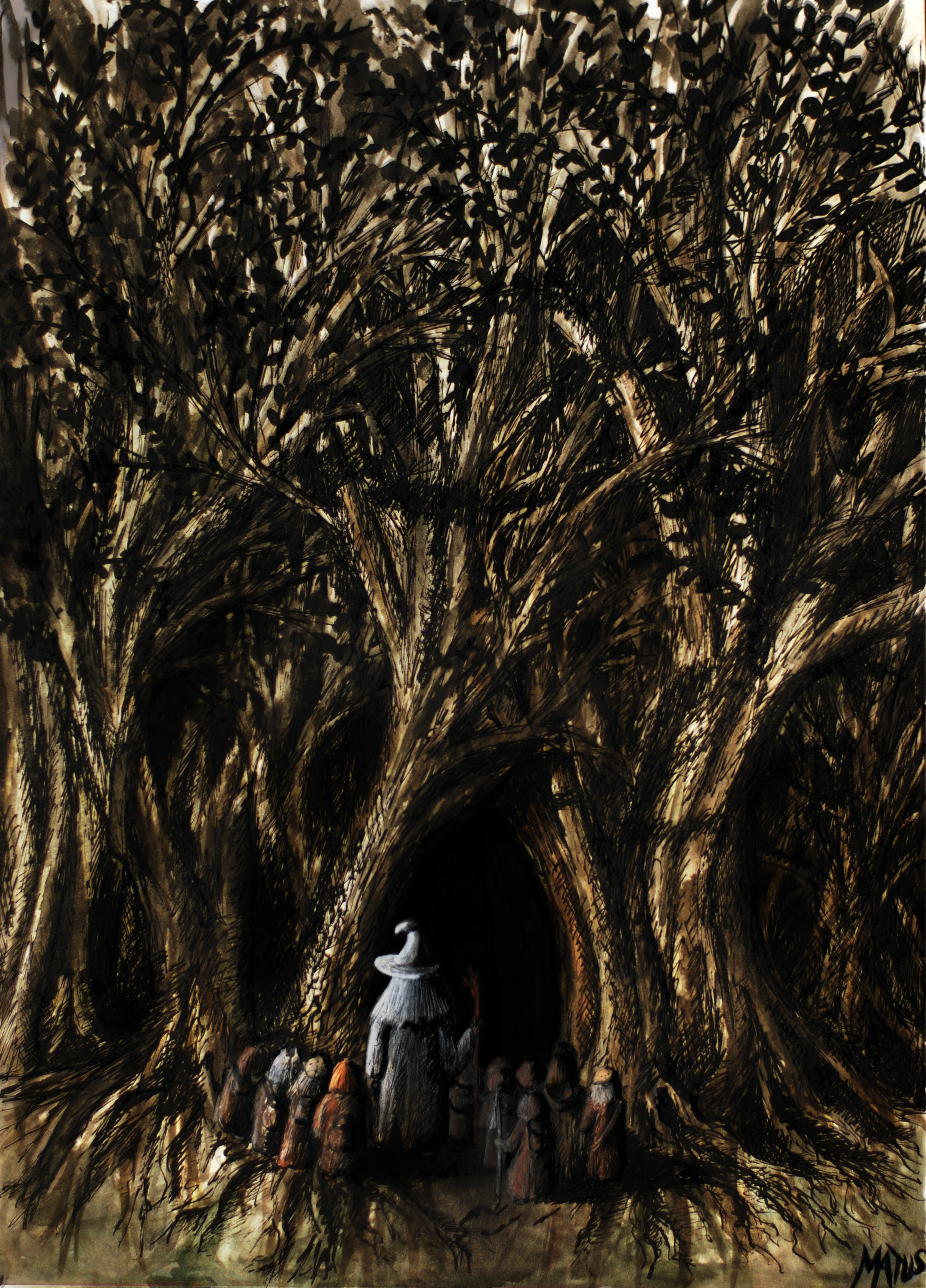If you have already read the book, this is for you:
Treading again on a long-ago followed path is a bittersweet experience. Familiarity provokes both relax and pleasure, since you are not eager to know what comes next (in general terms, you already know), but you're able to enjoy the details and sights of the trip. Finishing and farewells when you are in a more advanced moment of your life strike a different note. Not mere adventure -a mirror for your present context. Heraclitus was right, and books are rivers indeed. Go bathing, it'll do you good.
If you haven't, read this:
Films, merchandising, games and all have given people the idea that all Tolkien is connected to the geekish world around the turning of the century. Minding that this 'prequel' to The Lord of the Rings was actually written on the verge of the second world war is an interesting exercise. That is the world of which this book is both an echo and a escape. Being familiar with the history of English language (by the way, if you can spare a minute, this) will as well give you a sight of the depth of Tolkien's craftmanship.
You are over 16? Waste not a minute, and grab a copy. You're already late.
Picture by Dominik Matus, via Wikimedia Commons.

